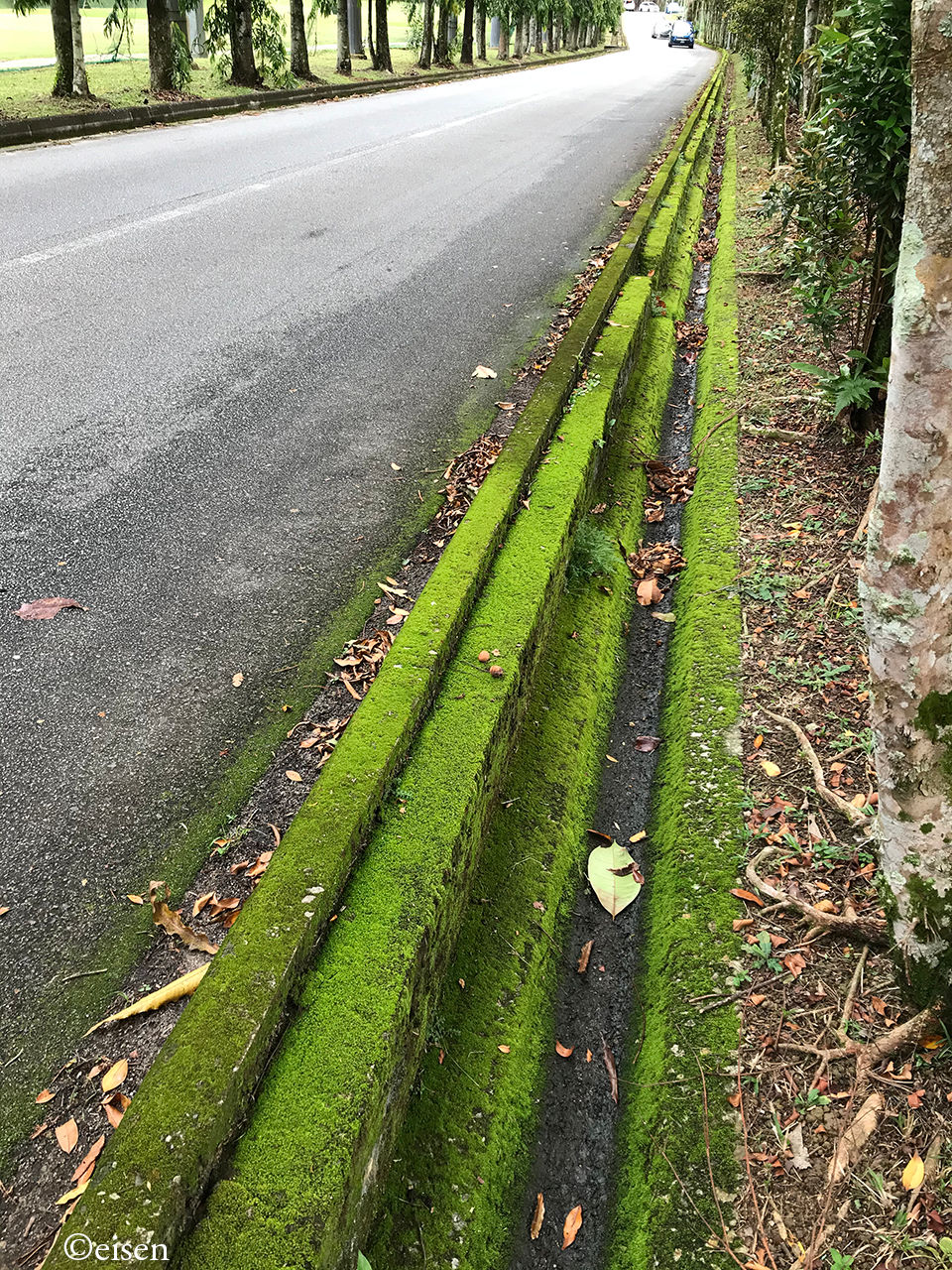- Aug 30, 2021
After five years, Woodlands Integrated Transport Hub (ITH) opened in June, replacing Woodlands Temporary Bus Interchange. The ITH offers seamless transfer to the North South and Thomson-East Coast MRT lines, and Causeway Point.
It also has a heritage gallery, which is a great addition as public exhibitions of transport history are few and far between.
As SMRT Buses is the anchor operator of the ITH as part of the Woodlands Bus Package until 2023, the heritage on display is that of SMRT’s.
SMRT’s lineage goes back to 1982, when its predecessor, Trans-Island Bus Services (TIBS), was formed. The Government allowed its birth to introduce competition in a public bus industry dominated by just one company, Singapore Bus Services (SBS).
TIBS took over Woodlands Regional Bus Interchange, a predecessor of Woodlands ITH, in 1996. In 2001, SMRT launched a successful takeover of TIBS, and the latter was rebranded SMRT Buses in 2004.
The heritage gallery displays different bus models, and artefacts and memorabilia, from this 39-year history. They include service plates, ticket machines, and even a dashboard and steering wheel. I was pleased to see the Bendy Bus - my favourite bus model - get pride of place in the exhibition.







One part of the gallery also shows, on a map, the bus terminals and interchanges that used to and presently serve the Woodlands area. Marsiling Bus Terminal was built first, then Woodlands Bus Interchange at the former Old Woodlands Town Centre (now demolished), Woodlands Regional Bus Interchange, Woodlands Temporary Bus Interchange, and finally the ITH.







This succession of transport infrastructure clearly follows the gradual eastward shift of the heart of Woodlands town - from Marsiling to Woodlands ITH.
There are currently 11 ITHs in Singapore - every one of them deserves its own heritage gallery.
























































